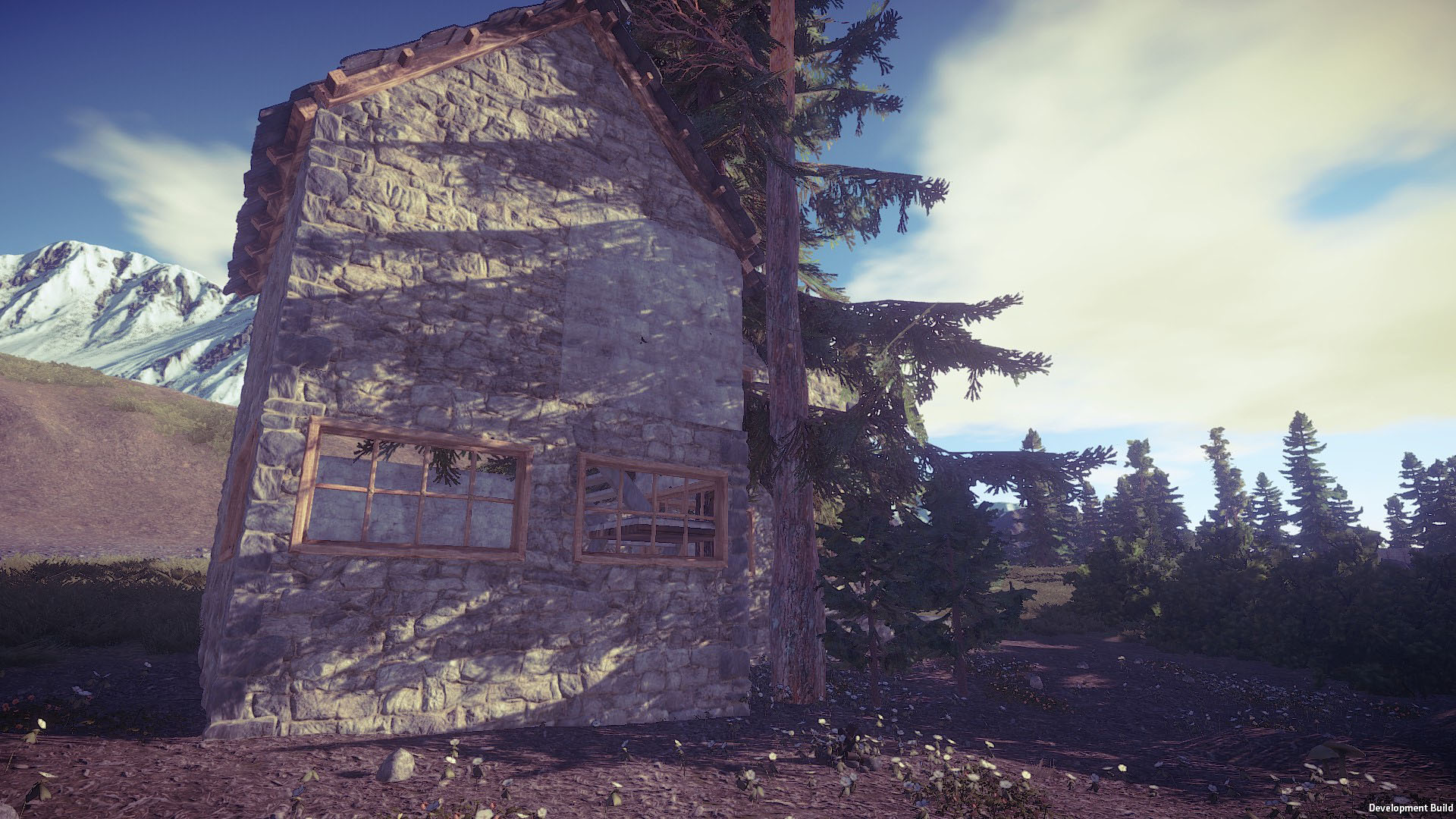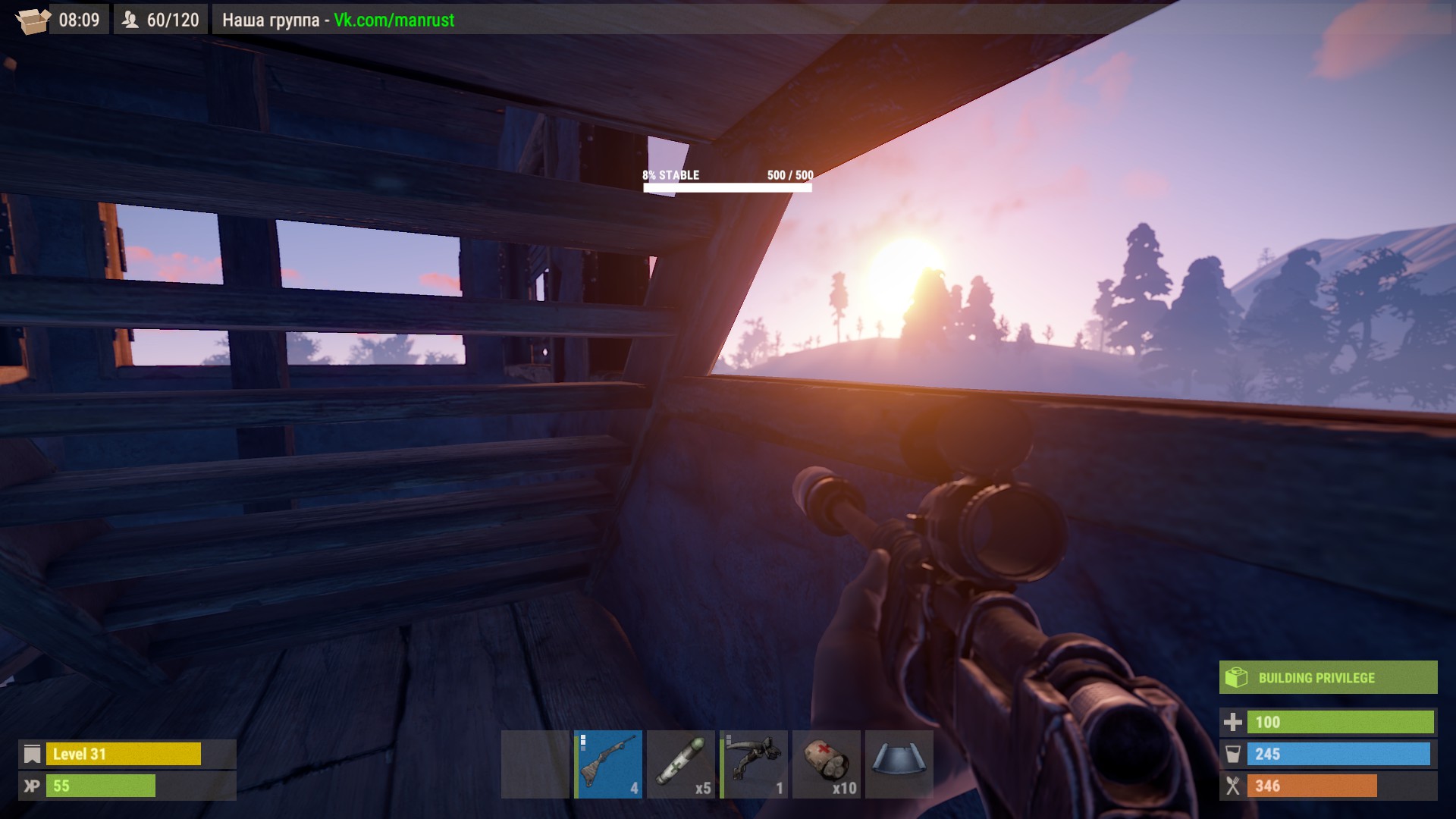


During this period of development, the gameplay was changed significantly. Rust was first released in December 2013 to the Steam Early Access program. Rust supports modded servers which can add additional content. To stay protected, players must build bases or join clans to improve their chance of survival. Rust features crafting, though initially limited until the discovery of specific items in the game's open world. In addition, vehicles controlled by non-player characters will occasionally roam, attacking armed players. Combat is accomplished through firearms and various weapons, such as bows. Despite the presence of hostile animals such as bears and wolves, the primary threat to the player is other players due to the game being solely multiplayer. Players must successfully manage their hunger, thirst, and health, or risk dying. The objective of Rust is to survive in the wilderness using gathered or stolen materials. Rust was initially created as a clone of DayZ, a popular mod for ARMA 2, with crafting elements akin to those in Minecraft. Console versions for PlayStation 4 and Xbox One developed in conjunction with Double Eleven were released in May 2021. Rust was first released in early access in December 2013 and received its full release in February 2018. That's when things will get really interesting.Rust is a multiplayer survival video game developed by Facepunch Studios. So it's basically just a microtransaction platform for cosmetic items, which you can also get via in-game drops, and can trade on the Marketplace in either case.įacepunch boss Garry Newman told PC Gamer the Rust Item Store may eventually support community items, providing modders with a way to make money from their creations while splitting profits with developers. Purchases from the Item Store can't be traded and sold for a week, reducing the chances of market upsets. If you check out the Rust Item Store, the only one that exists at present, you'll see that the listing for individual items points players to the community marketplace, where prices may be higher or lower depending on supply and demand. The key difference is that when you buy direct from the developer, the company keeps the money - whereas a community market purchase also benefits a fellow player, who found and elected to sell the item.

You know how some Steam games interface with the Community Marketplace, so you can buy, sell and trade items found in-game? Well, it turns out developers can run their own Item Stores offering random drop items for sale directly. The Steam economy is now even more complicated.


 0 kommentar(er)
0 kommentar(er)
